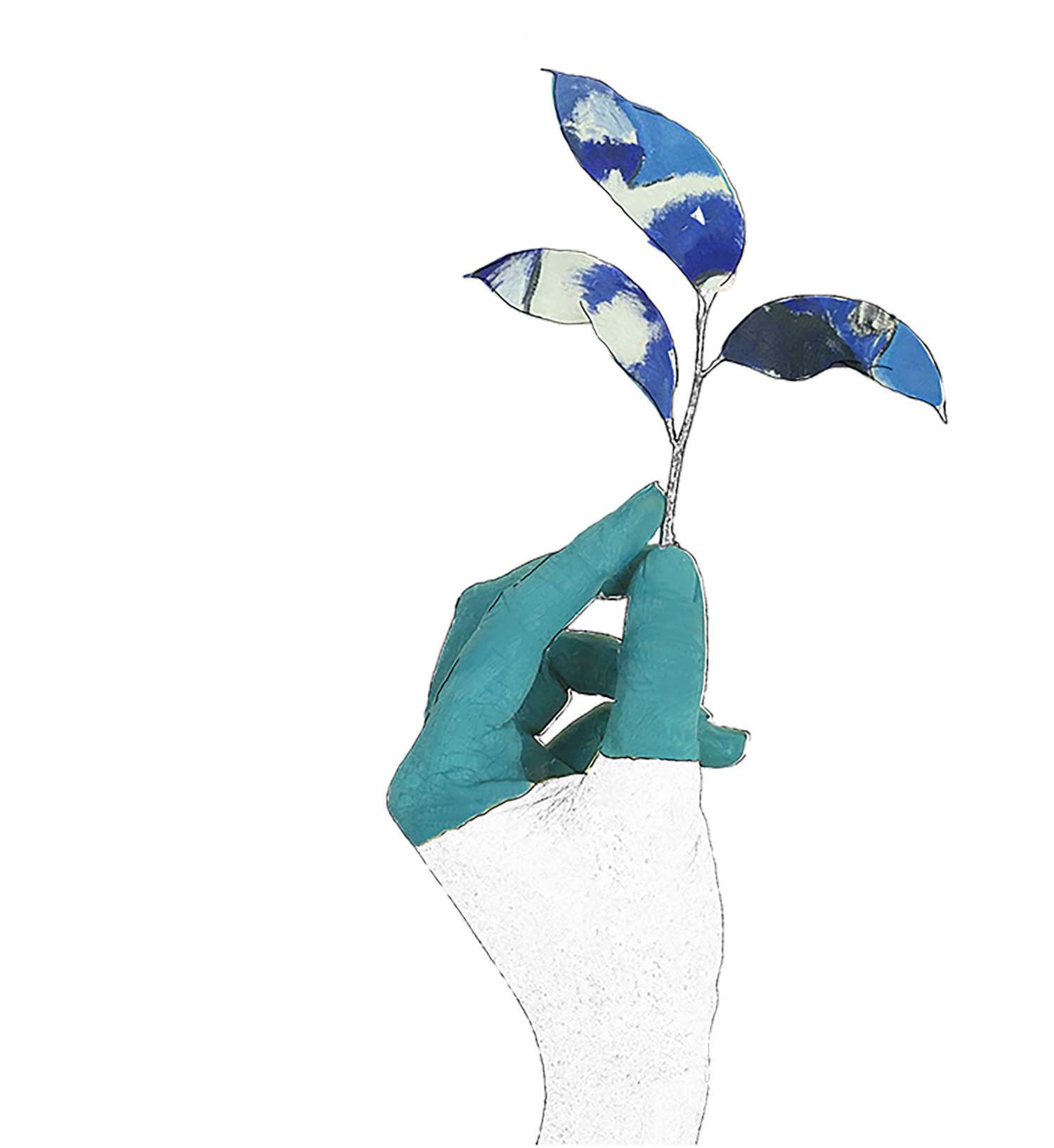why do we exist?
we recognise that there is a systemic issue with access and equality of opportunity in the arts. many creatives face intersecting barriers due to their gender identity, race, sexuality, disability and/or class. with our platform, we seek to address these facets of disadvantage by providing an opportunity for marginalised voices to share their creativity as part of a community connected by a spirit of mutual support and growth.
below is an overview of statistical (quantitative) data regarding how people in marginalised groups are disproportionately underrepresented in the UK’s creative sectors. the evidence gathered here is only part of a much bigger story. this data fails to show how different types of disadvantage combine to reduce an individual’s opportunity to craft a career as a creative. in the near future, we hope to be a leader in such research and make these intersecting modes of marginalisation more visible to our audiences. it all begins with an idea. maybe you want to launch a business. maybe you want to turn a hobby into something more. or maybe you have a creative project to share with the world. whatever it is, the way you tell your story online can make all the difference.
in 2019, the diversity analysis of National Portfolio Organisations (made up of selected leading organisations across England’s creative industry) paints a bleak picture of equal representation in the culture sector. only 11% of the NPO workforce have a Black and Minority Ethnic (BME) background, with both LGBTQIA+ and disabled groups making up just 6% each of the creative workforce. in a recent study of the Scottish Arts sector, 44% of female cultural workers cite gender as a barrier to cultural work, compared to just 12% of males. similarly, 50% of BAME and 43% of disabled workers cited these characteristics as barriers. as of yet, there is no way to compare overlapping characteristics in this data, thus preventing knowledge of the true extent that compounding intersectional barriers affect creatives who identify with multiple minority groups.
even once minority individuals have broken into the creative sector, the fact remains that their work is sorely lacking in public spaces. despite 64% of UK undergraduates and 65% of postgraduates in creative arts and design being women, female artists are hugely underrepresented professionally – just 13% of the UK’s most popular public artworks since 2000 are by women and only 29% of artists represented by London’s major galleries were female artists. this stifles the creative output of marginalised groups and limits the diversity of the art which the public consumes, with worrying consequence. for example, when 293 school teachers were asked to name any heroic or even humane Arab characters they had seen in movies, overwhelmingly, 287 could not offer an example. the lack of exposure of such groups in visual media erases them from public consciousness, making minority groups generally less visible as creative beings.
moreover, class and economic status serve as additional barriers to creative work. in the UK, young people of working-class origin are a minority in the cultural workforce, with their proportion taking a further dive in recent times. between 1981 and 2011, their representation dropped from 22% to just 13%, meanwhile those from upper-middle class backgrounds more than doubled from 15% to 33% in the same time period. a 2016 survey of the Scottish Arts sector found that 71% of respondents were degree educated, more than double the national average (31%). these statistics demonstrate the elitist nature of the UK creative sector and suggest a trend towards an environment that increasingly limits opportunity for individuals of a less economically-privileged background. with a third of work-based training initiatives in the cultural sector being unpaid, it is hardly surprising that 76% of creative and cultural workers cite economic barriers as a concern. lack of connections, social structures and networks also feature highly as a barrier with many mentioning the importance of informal networks in securing work or getting noticed.
Mxogyny is responding to this data by offering an alternative to the status quo. we are redressing the balance at entry level to the industry by providing space to platform the work of marginalised voices who are starting out creatively, enabling their voices to be heard. we represent creative opportunity for those who might struggle otherwise and, in doing so, are challenging the underrepresentation of disadvantaged groups in the creative industry.
in dismantling and repurposing the word misogyny, our name hopes to bring attention to the discrimination individuals face in the creative world on the grounds of gender, sexuality, race, class, religion, age or ability. Mx has become a symbol of defiance in working environments, acting as replacement for the titles of Ms, Mrs, Miss, or Mr on application forms and allowing people to opt out of certain identity-based biases. our work hopes to actively reduce the salience of such biases through the diversity of our content and the empowerment of our contributors.

